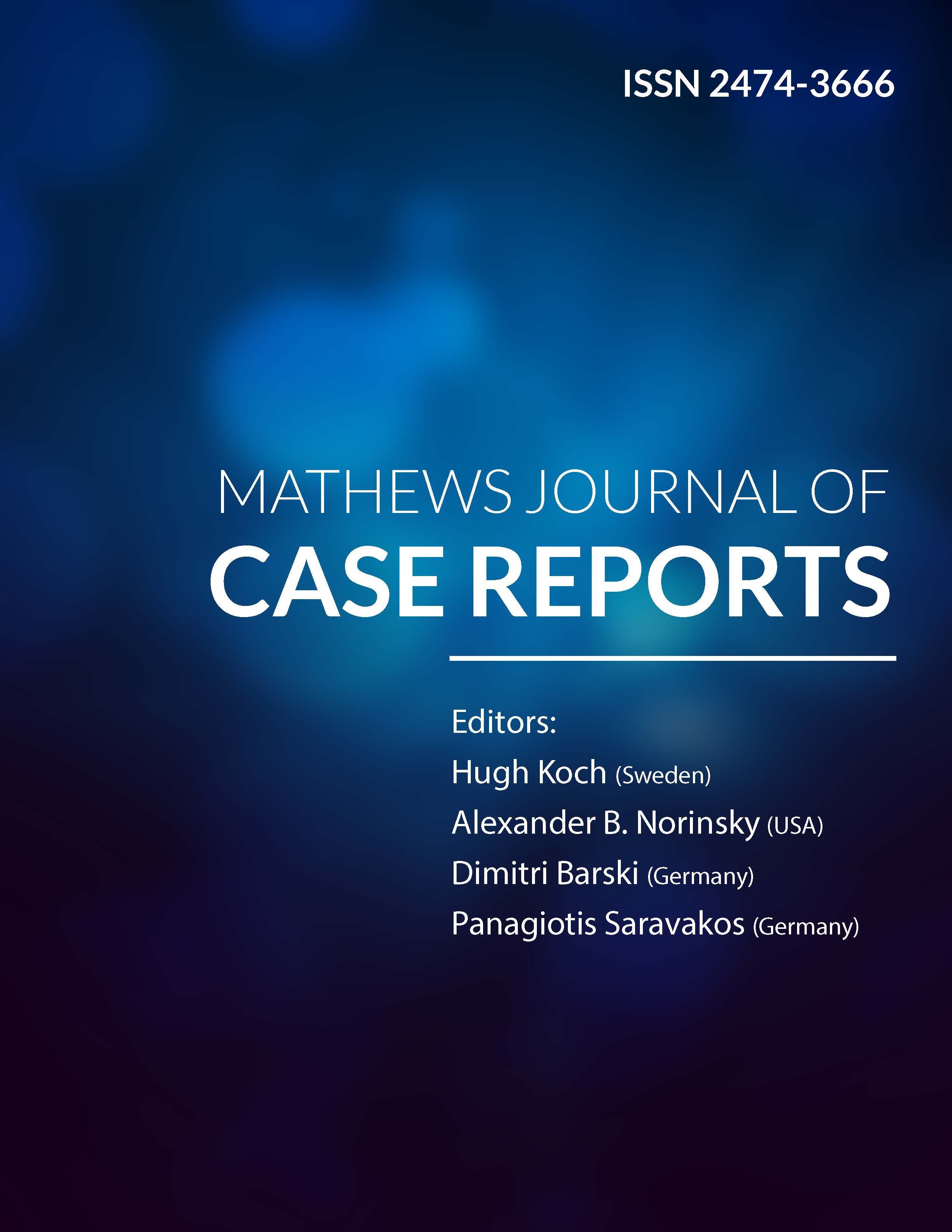
Information Links
Previous Issues Volume 1, Issue 4 - 2016
The CT and MRI Findings of Fibrinous Sialodochitis
Ai Usami1, Naoya Kakimoto2, Tomonao Aikawa3, Sosuke Takahata3, Mitsunobu Kishino4, Ryoko Okahata1, Tomomi Tsujimoto1, Yuka Uchiyama1, Tadashi Sasai1, Shumei Murakami1
Ai Usami1, Naoya Kakimoto2, Tomonao Aikawa3, Sosuke Takahata3, Mitsunobu Kishino4, Ryoko Okahata1, Tomomi Tsujimoto1, Yuka Uchiyama1, Tadashi Sasai1, Shumei Murakami1
1Department of Oral and Maxillofacial Radiology, Osaka University Graduate School of Dentistry.
2Department of Oral and Maxillofacial Radiology, Applied Life Sciences, Institute of Biomedical & Health Sciences, HiroshimaUniversity.
3The First Department of Oral and Maxillofacial Surgery, Osaka University Graduate School of Dentistry.
4Department of Oral Pathology, Osaka University Graduate School of Dentistry.
Corresponding Author: Ai Usami, Department of Oral and Maxillofacial Radiology, Osaka University Graduate School of Dentistry, 1-8 yamadaoka, Suita, Osaka 556-0871, Japan, Tel: +81-6-6879-2967; E-Mail: [email protected]
Received Date: 29 Sep 2016
Accepted Date: 17 Nov 2016
Published Date: 18 Nov 2016
Copyright © 2016 Usami A
Citation: Usami A, Kakimoto N, Aikawa T, Takahata S, et al. (2016). The CT and MRI Findings of Fibrinous Sialodochitis. Mathews J Case Rep 1(4): 019.
ABSTRACT
Fibrinous sialodochitis is a very rare disease in which the recurrent swelling of the salivary gland is caused by the obstruction of the glandular duct by a fibrinous material. Few studies have reported both the computed tomography (CT) and magnetic resonance imaging (MRI) findings of fibrinous sialodochitis. We reported a forty-nine-year-old man with this disease including CT and MRI findings. His chief complaint was the recurrent swelling of the bilateral submandibular regions. When his primary dentist pushed them strongly, a whitish jelly-like material and a large amount of clear saliva were expelled from the duct orifices of the submandibular glands. A CT and MRI findings showed the retention of saliva in the glandular duct and no abnormal sign of the glandular parts. On a cytological examination, the material included fibrinous substances and numerous eosinophils. According to clinical, radiological and cytological findings, the patient was diagnosed with fibrinous sialodochitis. The management included the massage to compress the salivary glands, the administration of antihistamines and steroids, and irrigation of the ducts of submandibular glands using a saline solution. The number of times of the swelling of the submandibular regions decreased.
KEYWORDS
Fibrinous Sialodochitis; Computed Tomography; Magnetic Resonance Imaging; Recurrent Swelling; Salivary Gland.